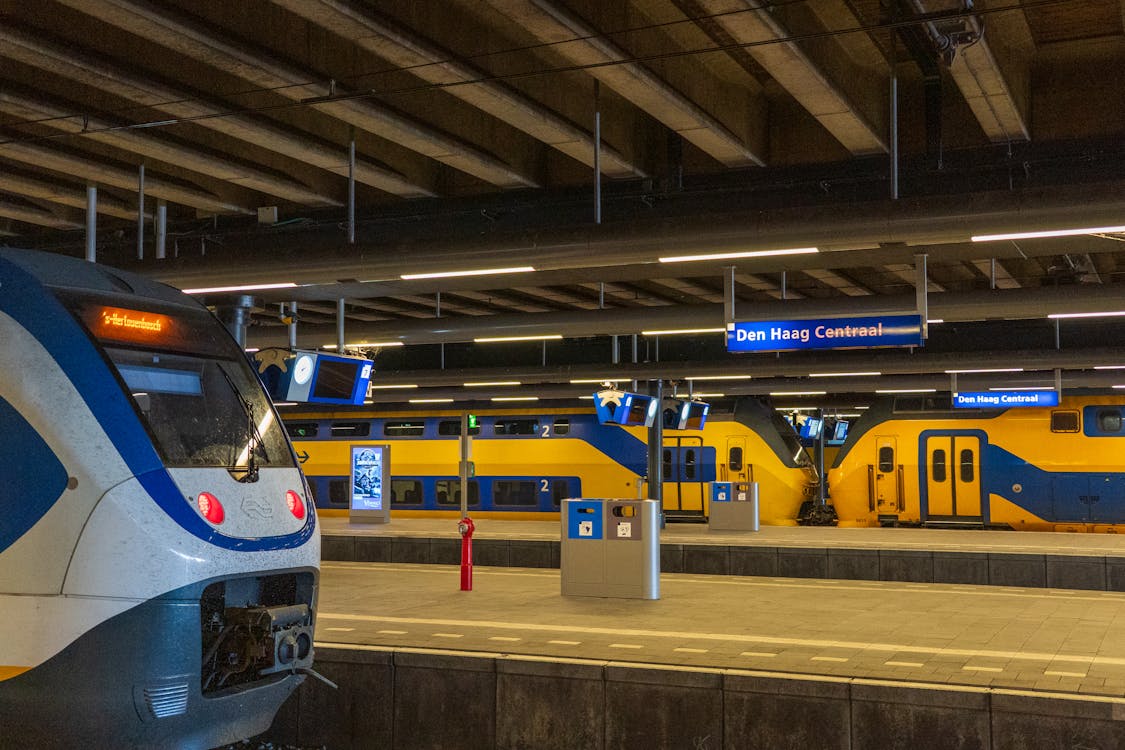
Urban transport has always been a challenge. In between expanding populaces, restricted facilities, and the increasing demand for ease, cities are frequently searching for means to boost how people and cars move. Go into expert system. When viewed as a far-off principle scheduled for sci-fi, AI is now at the core of a few of the most exciting shifts in modern city life. And it's not nearly self-driving cars-- it's about smarter systems, much safer roads, and far better preparation for every person who shares the roadway.
From Reactive to Predictive: The New Urban Mindset
Cities used to run reactively. A traffic control breakdowns? Someone solutions it. Does a bus path come to be overcrowded? Planners modified it months later. Yet with AI, this timeline has actually turned. Sensing units placed at junctions, transit hubs, and active roads feed real-time information right into AI-powered systems that can not just respond instantaneously but also anticipate what's following.
Imagine a system that knows when and where congestion will certainly construct before it even occurs. That's no longer a fantasy. By examining patterns over time, like pedestrian traffic, weather conditions, and occasion timetables, AI versions help cities stop bottlenecks as opposed to simply responding to them.
Smarter Traffic Signals and Intersection Management
Among one of the most recognizable improvements AI has offered metropolitan transportation remains in the way traffic signal operate. Traditional signal systems work with timers or easy sensors. Yet AI can assess real-time footage, find lorry quantity, and adjust light cycles on the fly. This change reduces unneeded idling, improves gas performance, and-- possibly most significantly-- reduces commute times.
Some cities have actually begun to match AI-powered video cameras with traffic control to find not simply cars, but pedestrians and bikers too. This permits signals to readjust for susceptible roadway users, boosting safety and security without decreasing total website traffic flow.
Public Transit Gets a High-Tech Upgrade
Buses and trains are important lifelines in a lot of cities. Yet hold-ups, route ineffectiveness, and upkeep issues often irritate bikers. That's beginning to transform with the help of AI.
Transit firms are now utilizing predictive analytics to handle fleets better. If a bus is running behind schedule, AI can suggest route changes, alternate pickup factors, and even reassign vehicles in real-time. Maintenance is also much more positive; AI identifies very early indication prior to components fall short, which keeps automobiles when driving and motorcyclists in a timely manner.
When public transport corresponds and dependable, more individuals utilize it. And when even more people use public transportation, cities come to be greener, much less stuffed, and easier to browse.
Redefining Parking with Smart Systems
Discovering an auto parking place in a city can be one of the most aggravating part of driving. It's time-consuming, stressful, and typically ineffective. But AI is currently changing the way cities manage auto parking monitoring.
Cameras and sensors mounted in parking area and garages track available spaces and send out updates to central systems. Vehicle drivers can then be assisted to open places via navigating apps or in-car systems, minimizing the time they spend circling around the block. In turn, this cuts discharges and makes city roads less crowded.
Some AI systems are also with the ability of vibrant pricing, adjusting vehicle parking fees based upon demand in real time. This inhibits overuse in jampacked areas and encourages turnover, giving everybody a fairer chance at finding a room.
In largely inhabited locations where space is limited, specialized services like boat storage in Philadelphia and specialized Philadelphia car storage choices are coming to be more valuable than ever. AI can aid handle these facilities, making sure optimal usage and enhancing security with clever monitoring systems that find uneven activity.
The Rise of Autonomous Vehicles and Ridesharing Intelligence
While self-driving cars might not yet dominate the roadways, they're absolutely influencing the direction of city transportation. AI is the backbone of self-governing vehicle technology, managing everything from navigation to barrier discovery and reaction time.
Yet also prior to complete freedom holds, AI is currently transforming ridesharing services. Formulas aid set passengers more successfully, reduce wait times, and recommend best site calculated areas for vehicle drivers to wait between prices. In time, these understandings will help reduce traffic jam and improve vehicle tenancy rates across cities.
There's also been a surge in AI-enhanced micro movement alternatives like mobility scooters and bike shares. These services are taken care of by AI systems that track usage patterns, forecast high-demand areas, and even identify upkeep needs instantly.
Planning the Future: AI and Urban Design
City organizers currently have an effective new ally in artificial intelligence. With accessibility to massive datasets-- whatever from traveler routines to air top quality levels-- AI tools can design the impact of facilities adjustments prior to they're also made. This means far better choices concerning where to put bike lanes, how to improve bus courses, or whether to build brand-new bridges and tunnels.
Urban developers can likewise make use of AI to model the impact of brand-new zoning laws or residential development on transportation systems. This brings about smarter growth that supports activity rather than frustrating it.
In places with thick advancement and minimal real estate, smart remedies like vehicle storage in Philadelphia are proving to be vital aspects in lasting preparation. AI can improve room allowance, track usage trends, and help create storage formats that optimize capability while reducing footprint.
Safer Streets Through Real-Time Intelligence
AI is not practically rate and efficiency-- it's additionally concerning safety and security. From determining speeding automobiles in real time to forecasting accident-prone zones, AI is assisting make streets safer for everyone.
Smart monitoring systems powered by artificial intelligence can detect unsafe habits, such as unlawful turns, running traffic signals, or jaywalking. These systems don't just serve as deterrents; they produce data that cities can utilize to educate future security initiatives.
AI is also helping first -responders reach emergency situations faster. Real-time traffic analysis can assist rescues along the quickest course, even during heavy traffic. And when secs count, those time savings can be life-changing.
A More Connected and Adaptable Transportation Future
The genuine power of AI in urban transportation hinges on its capability to adapt. As cities progress, AI progresses with them. Whether it's replying to a sudden surge in website traffic after a sports occasion, anticipating flooding on major roads, or taking care of a spike in seasonal traveling, AI is there, constantly finding out and adjusting.
By weaving AI into the textile of transportation systems, cities are ending up being more smart, a lot more receptive, and more straightforward. These changes may not always be visible to the day-to-day commuter, yet the advantages-- much shorter trips, much safer roads, and much more trustworthy transportation-- are felt every day.
For those navigating metropolitan life today and looking towards the future, it's clear that expert system is no longer just assisting with transport-- it's redefining how our cities relocate.
Make sure to comply with the blog for even more understandings into how modern technology is shaping metropolitan life, and check back regularly to remain ahead of the curve.
 Jaleel White Then & Now!
Jaleel White Then & Now! Devin Ratray Then & Now!
Devin Ratray Then & Now! Kelly McGillis Then & Now!
Kelly McGillis Then & Now! Yasmine Bleeth Then & Now!
Yasmine Bleeth Then & Now! Jurnee Smollett Then & Now!
Jurnee Smollett Then & Now!